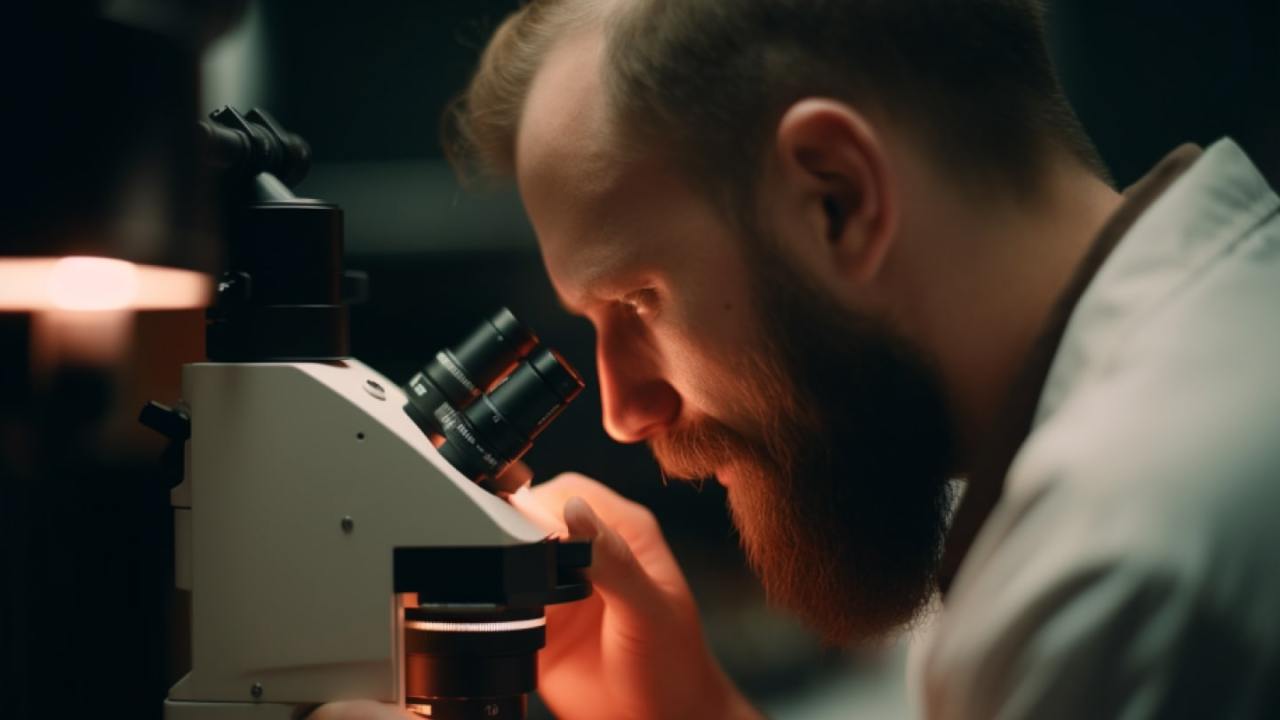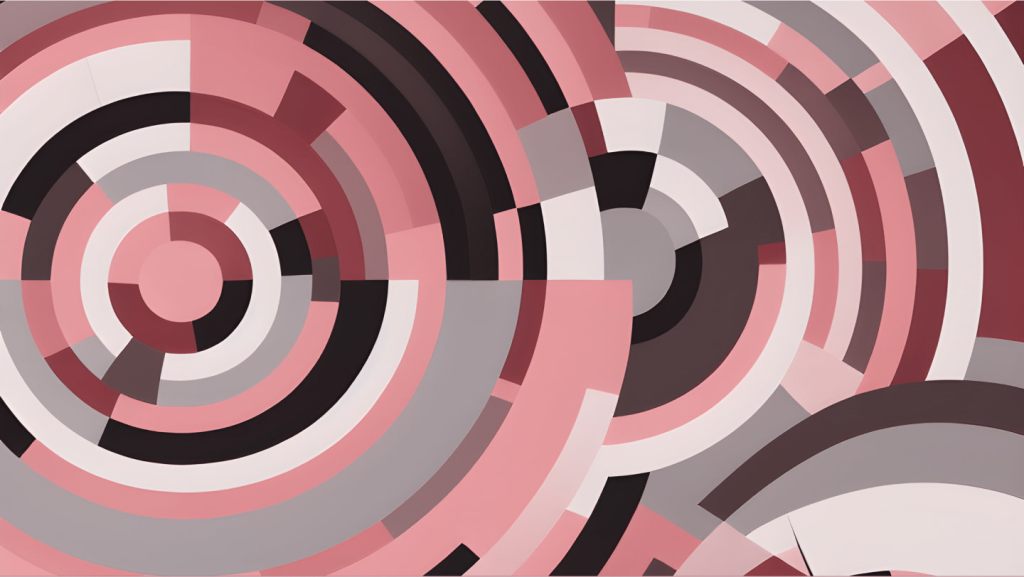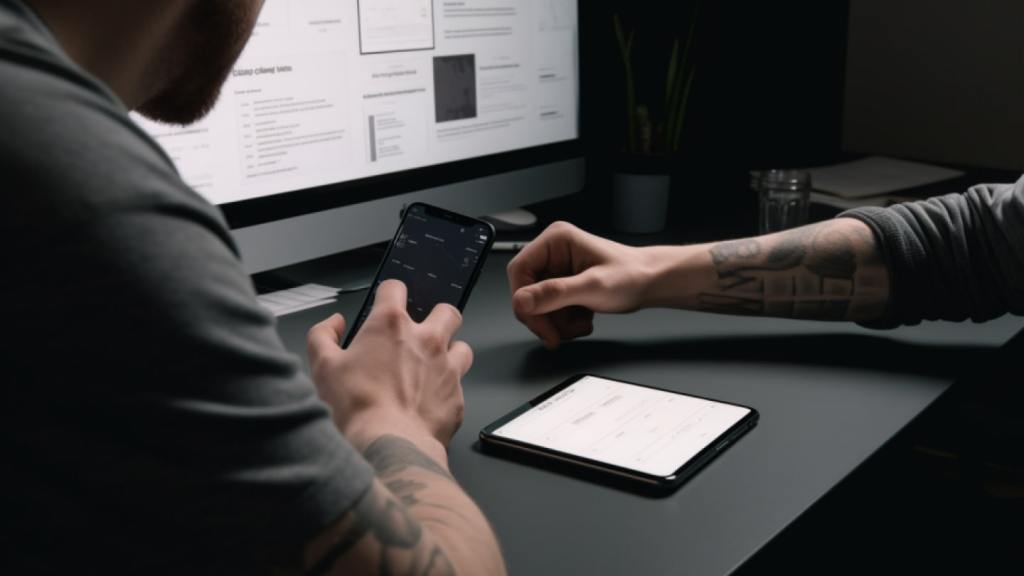Turning Experiment-Driven Design Into a Tool for Self-Discovery
Before I found design, I spent hours painting. In high school and college, it’d given me creative energy. But increasingly, I found myself fighting my own ego. My passion for painting had dimmed, replaced by empty longing for praise.
So I sought different outlets to express myself. I took an oil painting class. I’d always done acrylic, so I thought it would be a chance to paint from a new perspective. Yet there I sat, staring at a blank canvas. Sitting, staring. Making tea, staring. No matter what I tried, I couldn’t start.
Next, I tried knitting — not the most artistic hobby, but it kept my hands busy. I also bought vintage clothes and repaired pockets or replaced buttons. I started hemming my own dresses and denim. I felt accomplished! I was making things with my hands that were useful, not just beautiful. Realizing that I craved more than aesthetic creativity, I began tagging along on my husband’s woodworking adventures. We went on a retreat near Boston called Greenwood Fest, and that’s where I learned about spoon carving.
Strange as it sounds, carving spoons has changed the way I interact with the world. I realized that what I loved about it wasn’t just the feel of the wood or even the final product. Above all, I cherished its constraints. Although product design is considered a creative career, it’s also about problem-solving and goal orientation. Knitting and sewing — and more recently, spoon carving — resonated with me for the same reasons.
Art wasn’t enough for me. To express myself in ways that reflect who I am and what I value, I needed to branch out. If I hadn’t let myself try new things — experiment! — I never would have discovered that.
How to Stumble Into a New Hobby
Experimentation isn’t just for scientists and designers. If you’re looking for something new, give yourself the freedom to experiment. Experiment-driven design can help you discover what you might be missing:
First, have empathy.
Right now, write down five things that make you happy. Don’t judge yourself. What makes you feel energized? It could be anything from coffee roasting to teaching others to writing poetry. Then, consider what demotivates you. Are you overwhelmed by social situations? Does being indoors all day drain you? Look for patterns.
For me, this introspection had a wonderfully unintended consequence: I became more empathetic with myself and those around me. I not only discovered my own strengths and weaknesses, but I also became slower to anger and more patient with others. As I experimented with new crafts, I was able to reflect on how they affected me and spoke to my values.
Next, illuminate your path.
What should you do when you stumble upon something you enjoy? Act on it before it dissipates. Seek out communities to share it with, opportunities to practice it, and space to think about it. But first — and this is an important step — write it down and tell your family and friends. Gail Matthews, a psychology professor at Dominican University of California, found that simply writing about and sharing a goal makes you 33 percent more likely to achieve it.
Start with your epiphany. Mine was “I feel challenged, creative, and accomplished when I am crafting.” Then, write down how it fits into your life. I wrote: “As a designer, the things I create are transient. I want to craft things that have an immediate physical presence. I need constraints in order to be creative.”
Then, open the creative floodgates.
Ideate. Brainstorm. Whatever you want to call it. Share your project ideas with others and get inspired by what they bring to the table. You might feel like you’re drowning in things that you want to try, but that’s only an issue if you don’t make time to actually try them.
Especially if you’re a person who has trouble taking action, set aside one hour a week to get hands-on and see how it feels. Give away an artifact from your hobby to someone who supports you, assuming you feel comfortable doing so. I embroidered a pair of shoes for my husband, for example. Even though it was my first time, he swears to me he still likes them. Just remember that no project will make you a master overnight.
Finally, test.
After you’ve dipped your toes in your new hobby, ask yourself whether you want to pivot or persevere. Look for emotional markers. If you’re feeling frustrated or challenged, it might be a chance to push yourself and feel the joy of a breakthrough. If it feels like a chore, look for what you still enjoy in the activity and focus on that.
Don’t despair if you discover that the hobby just isn’t for you. If you’re only getting joy from the act of accomplishment, go back to your list of things that make you happy. What other hobbies does your list suggest?
One day, I’ll grow bored of spoon carving, and I’ll have to look instead to the reasons that spoon carving is important to me. I’ll find something that involves constraints and gives me creative energy. But above all, I won’t consider myself a failure for it, and you shouldn’t, either.
Remember that feeling like a failure and feeling free to fail are two totally different things. I have a few ugly pairs of mittens and several blank canvases that showcase my own failures. I keep them around to remind me that because I felt free to fail, I’m more in touch with who I am and what makes me happy. Now, I can discover new activities and feel at peace with those blank canvases rather than feel tortured by them.









